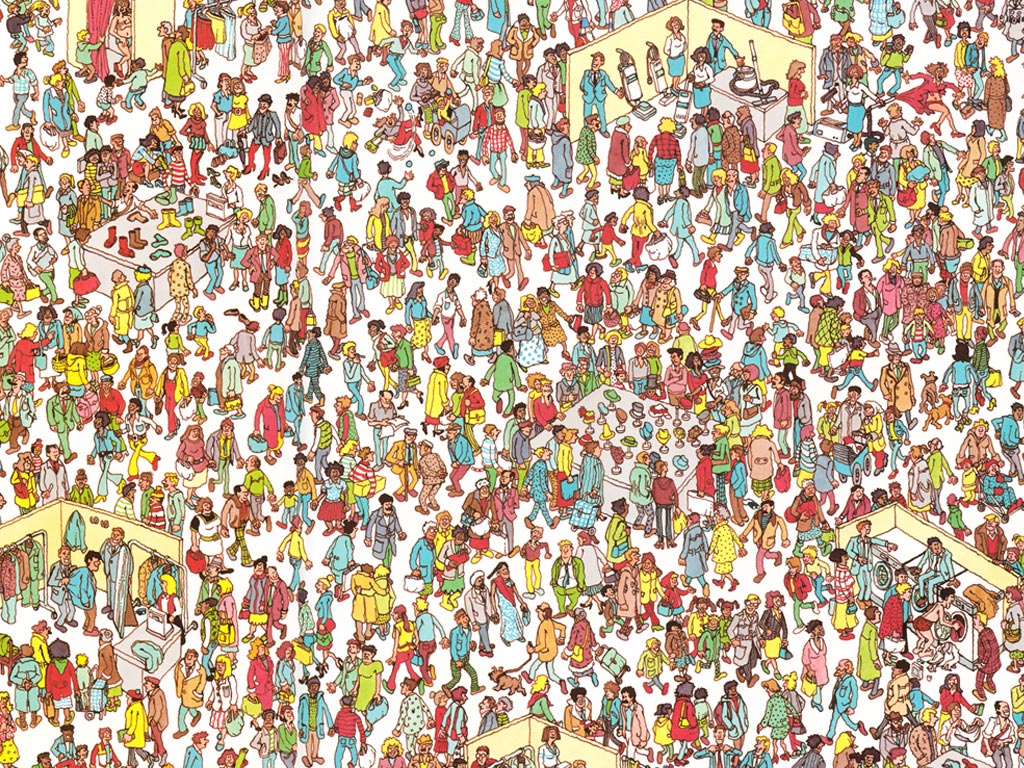This article contains spoilers of the film It Chapter Two
Yet another Stephen King novel has been made into a movie, and this time with a sequel. It Chapter Two extends beyond the story of the Losers as children by following them into their adulthood. Pennywise, the antagonist they all thought they killed, has returned 27 years later. Each of the Losers (besides Mike) has left Derry, Maine and created new lives for themselves since the first film, but It Chapter Two drags them all back to their hometown.
Derry is a town where evil resides. Pennywise is not the only form “It” takes, hence its name. “It” is a manifestation of evil that has been around for centuries and takes on the form of what the person it wants to feed on is most afraid of. For example, in the book Ben is visited by a mummy, Richie sees a werewolf, and so on.
In the first It film adaptation from 1990, there was a woman who saw Georgie right before he was pulled into a sewer by It, yet she did nothing. This is a larger theme that is discussed in the book, where the adults in Derry turn a blind eye to what is happening in the town, as a result of “Its” presence. The Losers are the only people to ever try to challenge and defeat It. However, they did not manage to kill It when they were younger, and thus the evil force resides in all of them until they return to finally kill It in the sequel.
There has been some controversy over the portrayal of relationships in the film, which I would like to address with the help of some insider knowledge (I read the entire 1,168-page book). Let’s start with the most jarring relationship to watch: Beverly and her husband, Tom. In the film, Tom is very violent with Beverly and tells her that she is lying to him about her reasons for going back to Derry. When she finally breaks free from the relationship, he says that no one will ever love her like he does, which exemplifies his highly manipulative behavior. Casual viewers who watch this movie most likely see this relationship as just a portrayal of an abusive relationship, which is a slightly common trope in horror movies. However, there is more to this relationship than meets the eye.
Relationships generally cannot be accurately portrayed in horror films, due to the genre’s nature. In order for films to show the extremes of human nature, toxic relationships are often at the forefront. The filmmakers of It Chapter Two assume that the audience is mature enough to understand that what is portrayed in the film is not a recommendation for how to act. We do not play violent video games like Grand Theft Auto and use them as a guide for how to act in everyday life.
Some audience members have claimed that the film is homophobic. However, viewers need to keep in mind that the novel was written in 1986. Regardless, hate crimes and toxic relationships are not something that should be hidden and never discussed. Films that support awareness and discussions about these behaviors should not be condemned. There is a very noticeable difference between a film that casually displays homophobia or toxic relationships versus a film that dramatizes them in order to start conversations.
Finally, It Chapter Two shows how people can escape evil. Once It is killed, Beverly and Ben begin to forge their own healthy relationship (where it will go, we do not know). It shows how an abusive relationship in the past does not mean the person is destined to forever remain evil.
Overall, horror films should not be used as a guide to healthy relationships. Evil resides in many different aspects of life, with one of them being in relationships. We need this toxic representation in order to create awareness and depict the extreme parts of human nature. •










